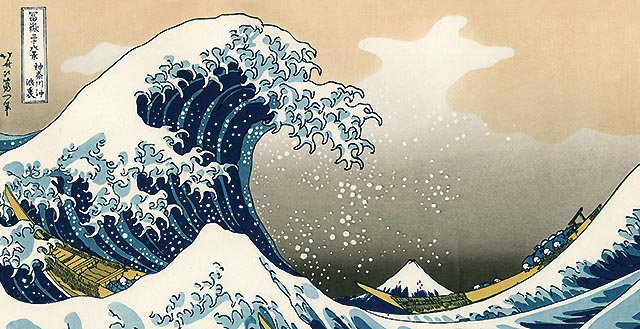
Clocks in Japan and China
In the 16th century, the Jesuits brought the mechanical clocks to the Far East. Up until 1873, Japan used a special time system that had originated in China. In order to adapt the European clocks to their time concepts, the Japanese came up with some ingenious ideas.
The Japanese calendar day began at sunset. Day and night were broken down into six “toki” each. Since the length of day and night change over the course of a year, the “toki” are also of different duration. The adaptation of the European gear clock to this time concept led to the Japanese clock, the “wadokei”.
To make the clocks run according to this time system, the Japanese used one of two options. They either equipped a uniformly running clock with movable numbers for the dial; or they built clock movements with day and night moving at different velocities. They achieved the latter by installing two foliot bars, one for the night time “toki” and the other for the daytime “toki”. The switch would occur automatically after six “toki” each at sunset and at sunrise.